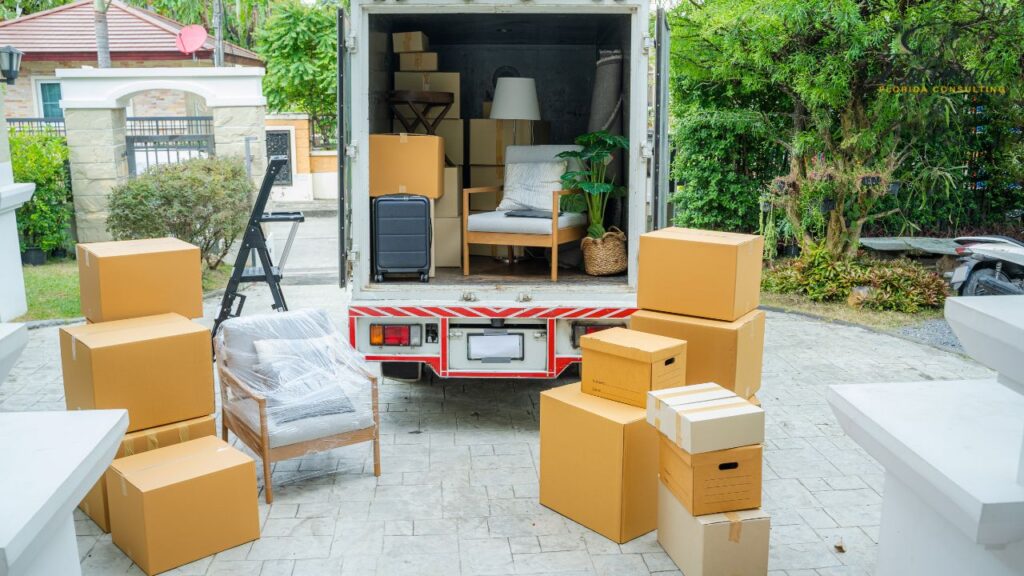When taking on an entirely new construction project, you may forget that you’ll still need to move into the building at the end of the construction.
Without proper timing of the move, the movers may end up stepping on the toes of the construction crew, or even putting themselves in danger when the stress could’ve been avoided.
In this article, we aim to properly coordinate the final task of commercial construction: moving into the building.
Below you’ll find everything you need to know about commercial moving, and how to coordinate it with the construction team.



